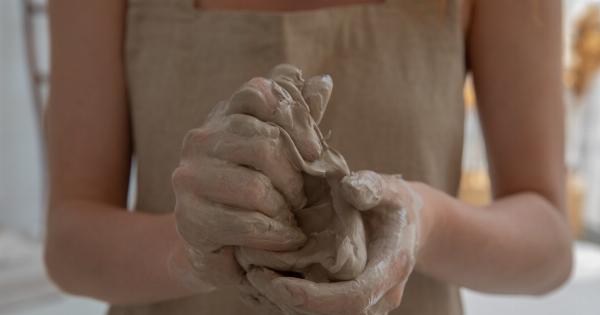Childbirth is a transformative journey that brings both excitement and nervousness to expectant mothers. Throughout this incredible process, it is important for women to prioritize their comfort and well-being.
One way to achieve this is by adopting the right posture during childbirth. By understanding and implementing proper body alignment techniques, women can minimize discomfort and optimize their birthing experience.
In this article, we will explore different postures that can help maximize comfort during childbirth, allowing women to focus on the beauty of bringing new life into the world.
1. Upright Positions
Upright positions during childbirth can be highly beneficial for both the mother and baby. These positions help align the baby’s head with the birth canal, facilitate cervical dilation, and enable a smoother and more efficient delivery.
Some common upright positions include:.
Sitting: Sitting on a birth ball or a chair with a backrest can provide relief from back pain during contractions. Women can maintain an upright posture by keeping their feet flat on the ground and their back tall.
Squatting: Squatting encourages gravity to work in favor of the birthing process. This position opens up the pelvic outlet, allowing for easier descent of the baby.
Holding onto a partner or a sturdy object for support is recommended to maintain balance and stability.
Standing: Standing and leaning against a wall, bed, or a partner can offer comfort and freedom of movement during contractions. This position also promotes an optimal balance between gravitational forces and pelvic alignment.
2. Leaning Forward Positions
Leaning forward positions allow the expectant mother to maintain an open pelvis and utilize gravity to aid in the descent of the baby. These positions also help alleviate pressure on the lower back and provide relief from pain.
Here are a few leaning forward positions commonly practiced during childbirth:.
Kneeling: Kneeling on all fours helps reduce the pressure on the spine and promotes optimal positioning of the baby in the pelvis. This posture can be particularly useful during the first stage of labor.
Hands and Knees: Adopting a hands and knees position allows for an unrestricted forward tilt of the pelvis, facilitating the baby’s movement through the birth canal.
This posture also helps relieve backache and encourages the baby to rotate into an optimal position.
Leaning on a Supportive Surface: Leaning forward on a birth ball, a stack of pillows, or a bed can provide a comfortable and supported position for labor.
This posture allows the weight of the baby to be distributed evenly, reducing strain on the lower back.
3. Side-Lying Positions
Side-lying positions are beneficial for women who need to rest during labor or for those who may require pain relief measures such as an epidural. These positions also promote relaxation and can help reduce the intensity of contractions.
Some commonly favored side-lying positions during childbirth include:.
Lying on the Left Side: Lying on the left side optimizes blood flow and oxygen delivery to the baby.
This position can be particularly useful if the mother experiences high blood pressure or needs to monitor the fetal heart rate more closely.
Semi-Sitting: Semi-sitting positions can be achieved by propping up the upper body with pillows while lying on the side. This posture allows for optimal breathing during contractions and also aids in the descent of the baby.
4. Water Birth
Water birth refers to the process of giving birth while immersed in warm water. This method has gained popularity due to the numerous benefits it offers to both the mother and the baby.
The buoyancy provided by the water helps relieve the pressure on the joints, reduces the effects of gravity, and promotes relaxation. It can also enhance circulation and reduce stress, allowing for a more peaceful birth experience. However, it is important to ensure that a qualified healthcare professional supervises water births to ensure safety and proper monitoring.
5. The Role of a Support Person
During childbirth, a support person, such as a partner, doula, or midwife, can play a crucial role in helping the expectant mother maintain the right posture.
They can provide physical and emotional support, assist with positioning, and encourage relaxation techniques. The support person can also act as an advocate, ensuring that the mother’s preferences and needs are respected throughout the birthing process.
As each woman’s birthing experience is unique, it is important to remember that there is no one-size-fits-all approach to posture during childbirth.
It is recommended to consult with a healthcare professional or attend childbirth education classes to tailor the best posture strategies according to individual preferences and circumstances.
Remember, prioritizing comfort, relaxation, and the well-being of both the mother and baby are essential during this transformative journey..





























